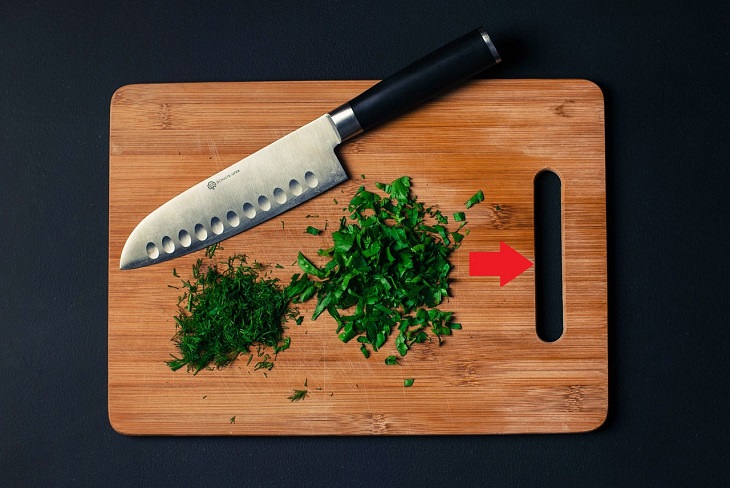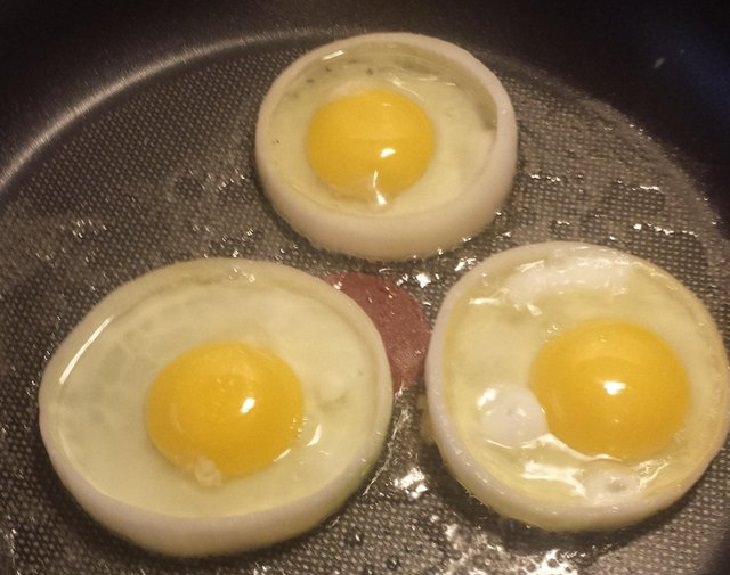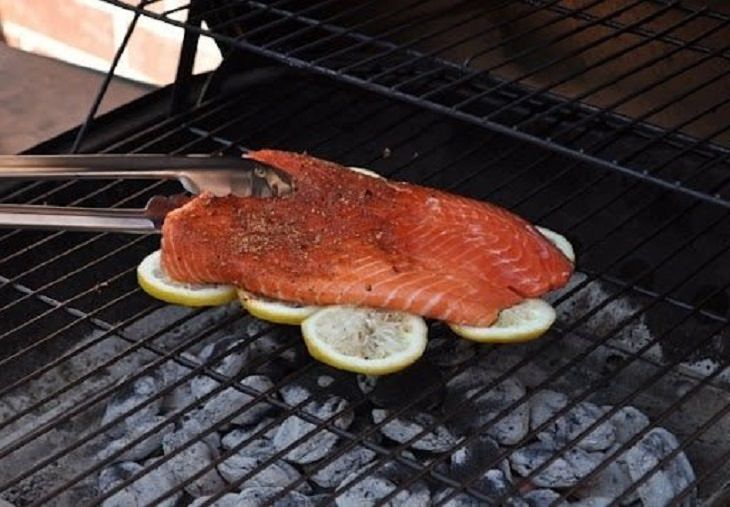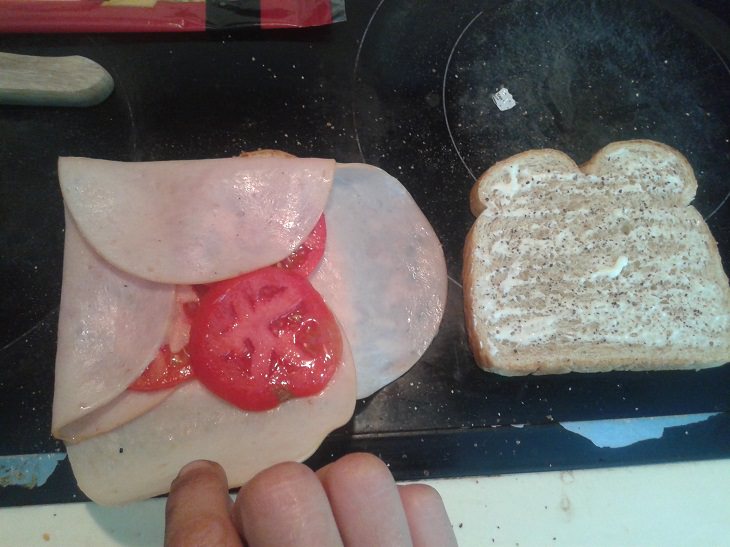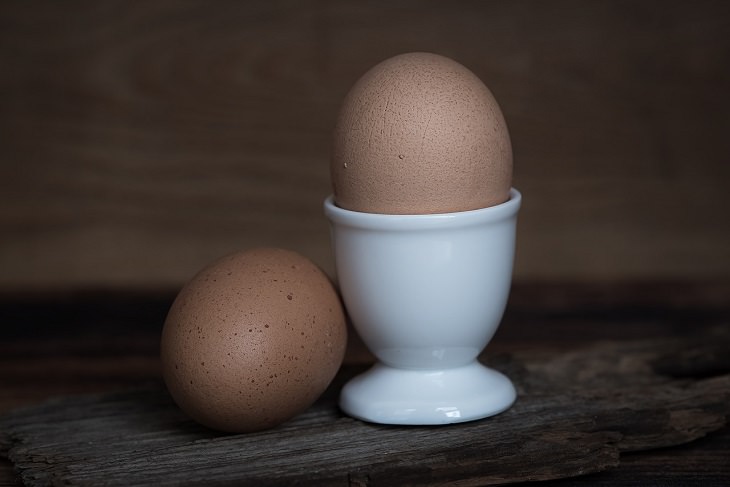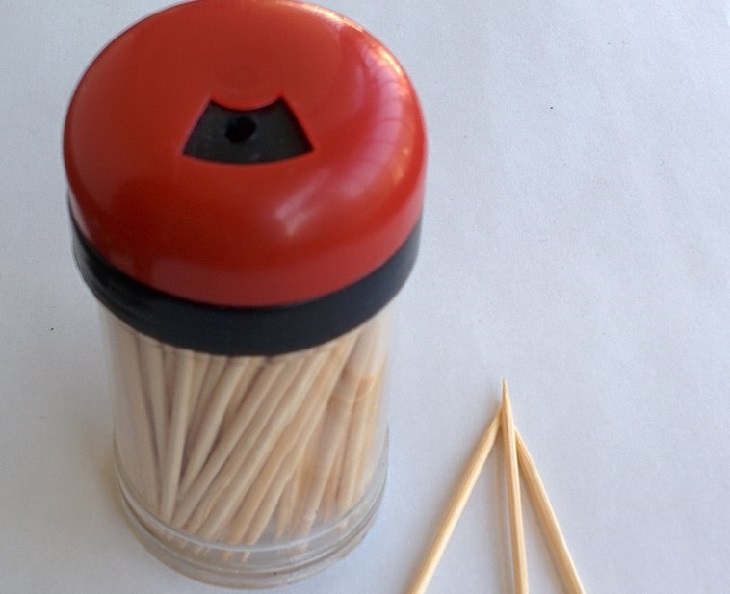By mistake you forgot about what you're cooking due to a call or baby crying and your stainless steel pot or pan is badly burnt, don't worry, put equal quantity of white vinegar and water and heat it on medium heat, you'll find the burnt parts coming out, use a wooden spoon to gently remove the burnt parts. then you can wash the pot/ pan with your usual dish soap and scrubbing pad ! you'll find your pot / pan looking bright like new !
those interested in cancer & health related topics are free to see my blog-
http://cancersupportindia.blogspot.com/
for crochet designs, my blog, those who like a particular design are free to mail me
http://gscrochet designs.blogspot.com
For info. about knee replacement, be free to view my blog-
http://knee replacement-stick club.blogspot.com
those interested in cancer & health related topics are free to see my blog-
http://cancersupportindia.blogspot.com/
for crochet designs, my blog, those who like a particular design are free to mail me
http://gscrochet designs.blogspot.com
For info. about knee replacement, be free to view my blog-
http://knee replacement-stick club.blogspot.com



